Alessandro Salvio - The Chess Biographer
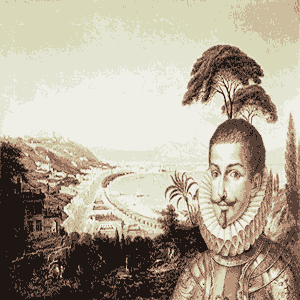
Alessandro Salvio
He wrote Tratato dell'Inventione et Art Liberale of Gioco Degli Scacchi (Treaty of the Liberal Invention of the Game of Chess), the most comprehensive book on chess theory of it's time. He wrote Il Puttino, a bio on Leonardo. He also wrote the poem La Scaccaide.
The analyzer worked on openings such as the Salvio Gambit, the Salvio Defense and the Salvio Countergambit. In this he succeeded Giulio Cesare Polerio as the foremost chess historian. The player was World Champion for 22 years.
Early Days
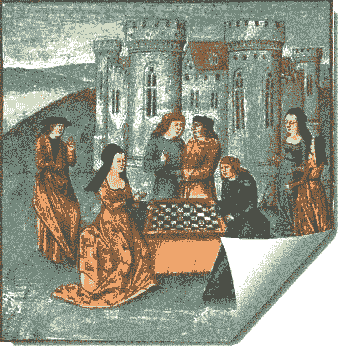
Alessandro Salvio grew up playing chess in a wealthy Neapolitan family
Ambrogio wrote several poems about Alessandro. Alessandro himself would much later write a tragic poem called La Scaccaide in 1612. In it the protagonist Cacco lost his mind. The work also contained historical information of Italian masters of the day but sadly no copies are known to have survived.
Salvio studied to become a doctor, lest he should not succeed as a chess player. He needn't have worried though. Before long it became clear that he was destined to become a great player.
Rise to Prominence
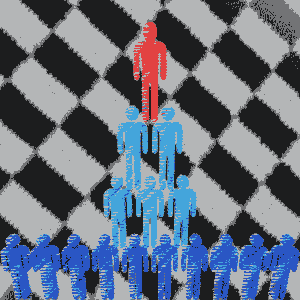
Alessandro Salvio quickly established himself as one of the best players in Europe
Salvio was often to be found playing chess at various academies throughout Naples. One of these was owned by Fulvio di Costanzo, Marquis of Corleto. Salvio developed his game under Costanzo's patronage.
He won many games playing blindfold. As his legend grew so did his admirers. He played in front of people like the Count of Bonavente, Count Francesco di Castro and the Count of Lemos. He was now rubbing shoulders with the most famous and powerful people in Italy. He was also playing against the strongest masters.
Reaching the Summit
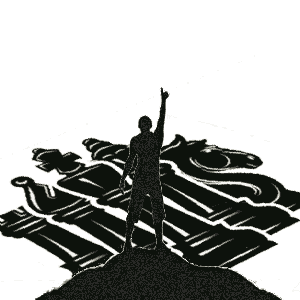
Salvio beat Boi to become World Champion
Salvio challenged Boi. A match was arranged. No record of the games themselves have survived but we know that Salvio dethroned Boi. Boi, in poor health, died three days later.
Some accounts given of the time report less than fulsome praise for Salvio's success. They cite Boi's age and deteriorating health. There may have been a grain of truth in this.
A younger and healthier Boi might have been a much higher mountain to climb. They could not question however that Salvio was now the best. Salvio defeated the strong master Geronimo Cascio in 1606. He would remain champion until 1620.
Later Years and Legacy
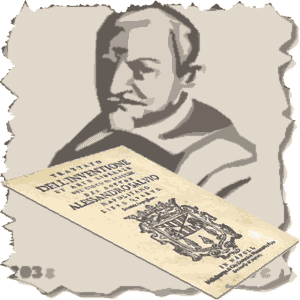
Alessandro Salvio was the first great biographer in chess documenting much of what we know about early Italian players
This was the aforementioned Tratato dell'Inventione et Art Liberale of Gioco Degli Scacchi (Treaty of the Liberal Invention of the Game of Chess), published in 1604. It contained 31 chapters with chess openings including this.
This was followed by La Scaccaide, first in 1612 and then reprinted in 1618, though now lost. He published Il Puttino in 1634, a biography of Giovanni Leonardo da Cutri. The Book also contains detailed accounts of other leading Italian masters of the time and some chess analysis.
Moving On

Gioachino Greco
Players began to record their games in much greater volume along with notes and analysis. Accounts of their lives and accomplishments were much more detailed.
Salvio was overtaken by other masters in the 1620s as the standard improved relentlessly. The great champion of the 1620s was Gioachino Greco.






